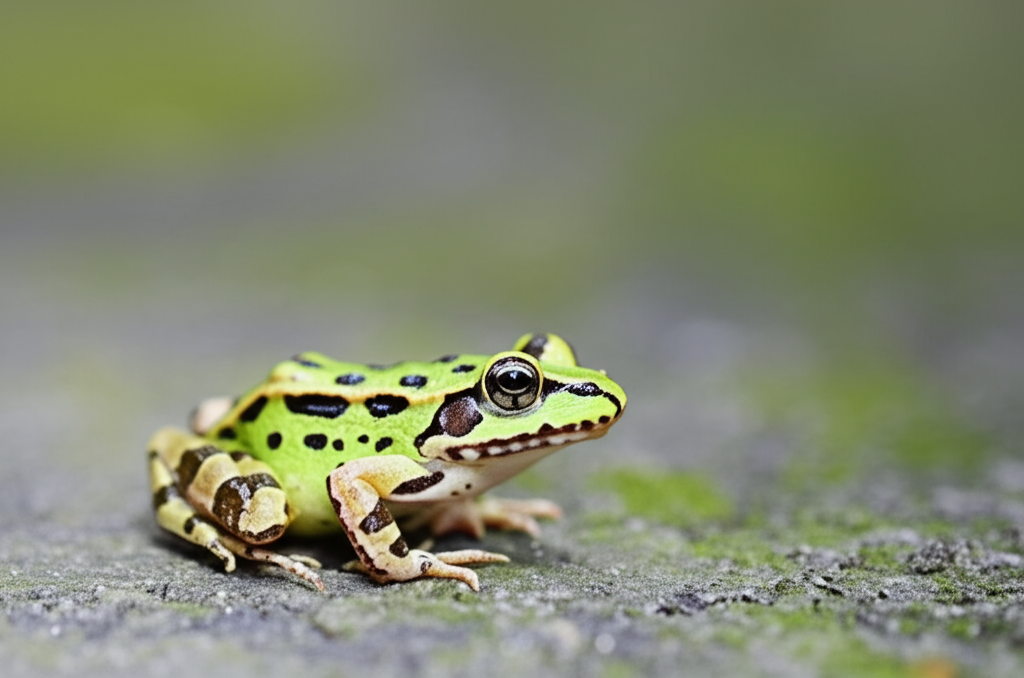Taiwan's Newest Frog Species Facing Extinction: A Race Against Time
The critically endangered status of the newly identified Nidirana shyhhuangi frog highlights urgent conservation needs in Taiwan.

A significant discovery with dire implications has emerged from Taiwan. A research team has officially recognized a previously unidentified frog species, the Nidirana shyhhuangi, and immediately classified it as critically endangered, highlighting the urgent need for conservation efforts.
The adult population of this newly documented frog is estimated to be critically low, with a range between only 300 and 700 individuals, making its survival highly precarious.
This unique frog, discovered in 1984, was initially mistaken for a related species found in Okinawa, Japan. However, extensive research employing molecular, morphological, and acoustic analyses, initiated in 2019, revealed significant differences, confirming its status as a distinct, endemic species to Taiwan.
The Taiwanese frog is demonstrably different from its Japanese counterpart, exhibiting a smaller body size, longer limbs, and unique characteristics in its facial structure, as well as a distinct acoustic profile. Its call has a rapid tempo and higher frequency compared to the related Japanese frog.
The frog has been named Nidirana shyhhuangi, in recognition of the individual who first identified it, highlighting a tribute to past efforts.
The critically endangered status is attributed to its extremely limited habitat, restricted to specific areas in Nantou County near Lotus Pond Park and Xiangshan near Sun Moon Lake. The total wetland habitat occupied by the species is only 0.015 square kilometers, making it extremely vulnerable.
The Nidirana shyhhuangi faces multiple threats, including natural disasters such as typhoons and mudslides, and the ongoing impact of overdevelopment, which further diminishes its already fragile habitat. This has led to its inclusion on Taiwan's Red List of threatened species.
In response to the critical situation, conservation plans are being implemented. These involve long-term monitoring programs and relocation conservation strategies. Furthermore, government agencies are tackling the issues of garbage and litter near the frogs' habitats and are working on programs to ensure proper water management within the wetland environments, which are critical for the species' survival.
Other Versions
Error: All DeepL API keys exceeded 95% usage.
Error: All DeepL API keys exceeded 95% usage.
Error: All DeepL API keys exceeded 95% usage.
Error: All DeepL API keys exceeded 95% usage.
Error: All DeepL API keys exceeded 95% usage.
Error: All DeepL API keys exceeded 95% usage.
Bagong Uri ng Palaka sa Taiwan na Nahaharap sa Pagkamatay: Isang Lahi Laban sa Oras
Error: All DeepL API keys exceeded 95% usage.
กบสายพันธุ์ใหม่ล่าสุดของไต้หวันเผชิญภาวะสูญพันธุ์: การแข่งขันกับเวลา
Loài ếch mới nhất của Đài Loan đối mặt nguy cơ tuyệt chủng: Cuộc chạy đua với thời gian

